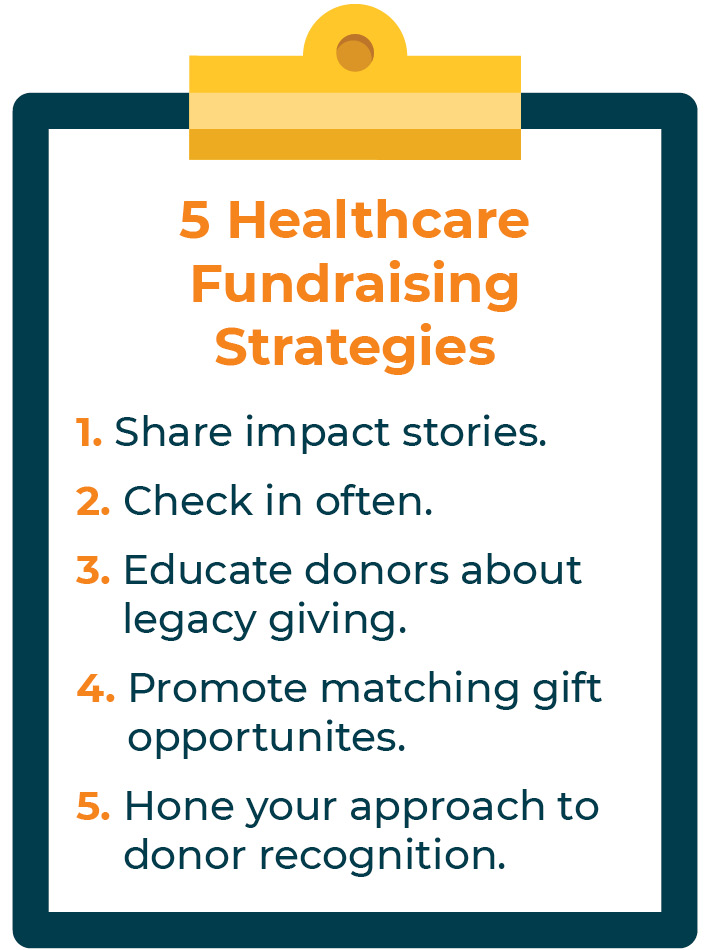Nonprofit Agency: Exactly How to Optimize Your Influence with Professional Assistance
Wiki Article
The Duty of Area Involvement in Nonprofit Fundraising: Building Lasting Relationships for Lasting Assistance
Neighborhood engagement is increasingly acknowledged as a vital part of successful nonprofit fundraising. The techniques and techniques employed to involve areas differ extensively, raising vital inquiries about effectiveness and influence.Comprehending Community Engagement
Neighborhood engagement is an important element of effective not-for-profit fundraising initiatives. Nonprofits should identify vital stakeholders-- such as community participants, regional businesses, and various other companies-- to produce effective involvement methods.Efficient neighborhood interaction is predicated on energetic listening and responsiveness to the requirements and passions of the community. This process includes obtaining comments, understanding neighborhood characteristics, and making sure that the organization's goal aligns with regional concerns. Involving the community can take numerous types, including public conferences, volunteer opportunities, and partnership initiatives, each designed to motivate participation and investment in the organization's objectives.
Furthermore, neighborhood involvement ought to be approached as an ongoing dialogue as opposed to a single effort. By cultivating an inclusive atmosphere where area voices are heard and valued, nonprofits can construct a strong foundation for future fundraising ventures. Eventually, a deep understanding of neighborhood engagement encourages companies to develop genuine links that boost their overall effectiveness and sustainability.
Advantages of Strong Relationships
Solid partnerships formed with area engagement yield various advantages for nonprofit fundraising efforts. Firstly, these partnerships foster trust fund and credibility, necessary parts in motivating benefactors to add. When possible fans see a not-for-profit proactively associated with their neighborhood, they are extra most likely to think in its goal and effect.
Additionally, these connections promote efficient interaction. Nonprofits can utilize their links to share stories of effect, updates, and needs, making certain that fans stay enlightened and engaged. This open line of interaction not only strengthens bonds but additionally encourages word-of-mouth promotion, increasing the not-for-profit's reach.
Finally, solid neighborhood ties can draw in brand-new partners and enrollers. Businesses and people are much more inclined to line up with companies that show significant community participation, providing added resources and assistance that can substantially boost fundraising capacities. Hence, cultivating robust relationships with community involvement is essential to a not-for-profit's lasting fundraising success.
Strategies for Effective Involvement
Exactly how can nonprofits properly engage their areas to boost fundraising efforts? Routine updates, engaging content, and calls-to-action can galvanize community rate of interest and involvement.Second, hosting community occasions, such as workshops, volunteer opportunities, or fundraising drives, helps with face-to-face interaction, allowing nonprofits to display their effect and initiatives. These events not just raise funds but also cultivate partnerships and enable area participants to engage directly with the reason.
Third, applying personalized communication techniques can enhance engagement. Tailoring messages to particular donor sections based upon rate of interests and previous contributions cultivates a feeling of belonging and investment in the organization's mission.
Lastly, developing partnerships with neighborhood services and community leaders can intensify outreach initiatives. Collaborative campaigns can improve presence and Website credibility, demonstrating a collective dedication to the area's wellness. By integrating these strategies, nonprofits can build long lasting relationships that boost fundraising efforts and drive lasting assistance.
Determining Interaction Success
While engaging the community is crucial for effective nonprofit fundraising, measuring the effectiveness of these involvement initiatives is just as crucial. Developing clear metrics enables organizations to assess exactly how well they are linking with their target market and achieving their fundraising goals. Trick performance indicators (KPIs) such as benefactor retention rates, volunteer engagement levels, and engagement on social media sites platforms offer substantial data for assessment.
Regularly assessing these metrics makes it possible for companies to pivot their approaches when necessary, ensuring that area interaction stays lined up with their total mission. Additionally, sharing these results with stakeholders fosters transparency and constructs trust, encouraging further neighborhood involvement. Ultimately, a durable measurement structure not just informs future fundraising campaigns however additionally strengthens the partnership in between the not-for-profit and its supporters, preparing for sustainable success.
Study in Community Effect
Various study highlight the profound influence that community interaction can carry not-for-profit fundraising success. One significant example is the "Food for Thought" effort, where a neighborhood food bank partnered with companies and institutions to host area dinners. These occasions not only increased funds however additionally fostered a feeling of belonging among participants, dramatically increasing contributor retention prices.Another engaging case is the "Eco-friendly Spaces Project," which involved local citizens in the revitalization of metropolitan parks. This effort not just amassed financial backing from local services yet additionally grew a volunteer base that added to ongoing maintenance and programming. The feeling of possession and pride amongst neighborhood participants equated look at these guys into continual contributions.
In the world of arts, the "Art for All" project effectively engaged local artists and customers to produce collaborative art installations, bring about enhanced visibility and donations for a local arts not-for-profit.
These instances highlight that when nonprofits prioritize community involvement, they can create lasting partnerships that improve fundraising initiatives, making sure sustainable support and cultivating a dynamic neighborhood culture. Such cases show that neighborhood engagement is not merely a strategy yet an essential column of nonprofit success.
Verdict
Finally, neighborhood interaction is integral to the success of not-for-profit fundraising efforts. By cultivating solid relationships with neighborhood stakeholders, companies improve trust fund and trustworthiness, bring about improved donor retention and loyalty. Carrying out effective engagement methods and determining their impact makes certain that nonprofits can adapt and thrive. Eventually, a durable foundation of area assistance not only intensifies fundraising potential yet also grows a culture of cooperation, vital for attaining long-term organizational objectives and sustaining purposeful impact.Nonprofits have to recognize crucial stakeholders-- such as area participants, neighborhood businesses, and various other organizations-- to create effective engagement techniques.

In verdict, neighborhood engagement is indispensable to the success of not-for-profit fundraising initiatives.
Report this wiki page